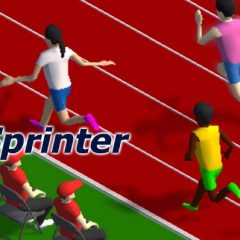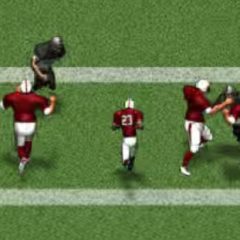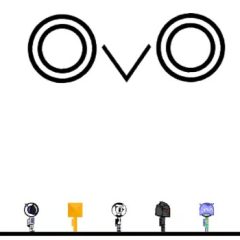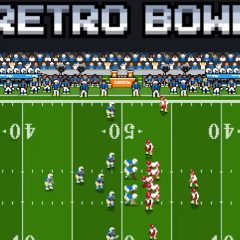Retro Bowl presents a streamlined take on American football, focusing primarily on offense and strategic execution. Players are responsible for directing the team’s attacking plays, using simple touch or click mechanics to pass, run, or kick. While defense is handled automatically, offensive plays offer manual control that requires timing and positioning. Passes are aimed by dragging and releasing, making accuracy and anticipation key to successful drives.
Beyond the field, players take on the role of team manager, where responsibilities include handling staff, managing finances, and making roster decisions. Players must decide which athletes to sign, when to upgrade facilities, and how to deal with injuries or morale issues. These choices impact in-game performance, creating a link between off-field planning and match-day execution. Budget limitations and player fatigue force prioritization of long-term development over short-term gain.
Season Format and Long-Term Goals
Each season is made up of scheduled matches that influence playoff placement. Wins and losses affect the team’s reputation and unlock future opportunities to improve the squad. As players move through multiple seasons, they build a history with their team, keeping track of performance records and player stats. Promotion, recruitment, and internal conflicts all evolve as the career progresses, adding new layers to gameplay beyond the scoreboard.
Depth Through Simplicity
The pixel-style visuals and fast-paced controls give Retro Bowl a classic arcade feel, but the underlying systems offer much more than quick matches. Decisions carry weight, both on the tactical level during games and in the broader context of team development. The mix of short play sessions and deeper progression systems makes the experience suitable for players who want either quick competition or detailed career-building.



















